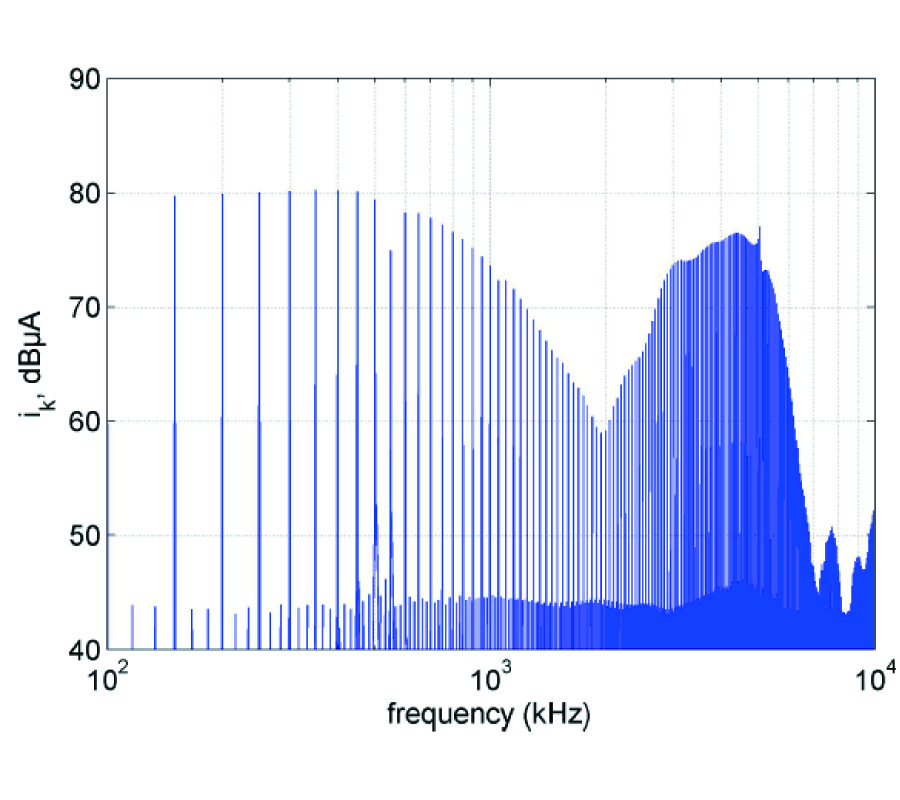2011-03-20 Latest Published
By Jose Antonio Marinho Brandao Faria
Progress In Electromagnetics Research B, Vol. 28, 351-367, 2011
Abstract
A matrix technique for the computation of the per-unit-length internal impedance of radially inhomogeneous cylindrical structures is presented. The cylindrical structure is conceptually divided into a number of layers, each layer being characterized by its constitutive parameters, conductivity, permeability, and permittivity. Within this general framework, compound conductors, compound capacitors, compound magnetic cores, or any other compound structures resulting from a mix of the above, can be analyzed by using the very same tool. The developed software program, MLCS, which implements the mentioned matrix technique, also permits the evaluation of the electric and magnetic fields intensity at the layers' interfaces. The MLCS program is validated by using several application examples.


















